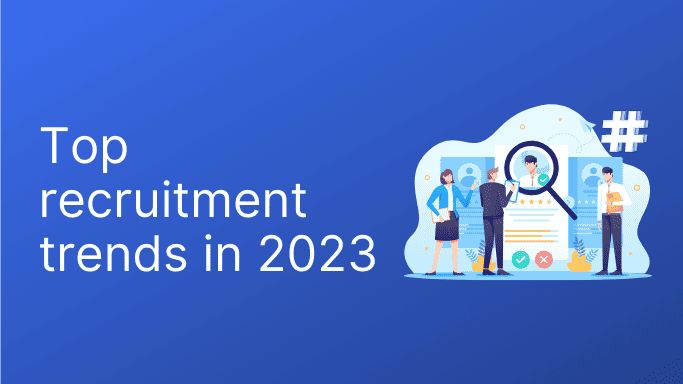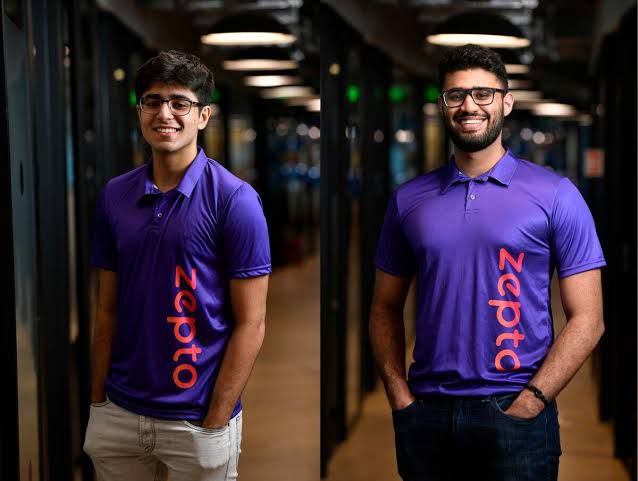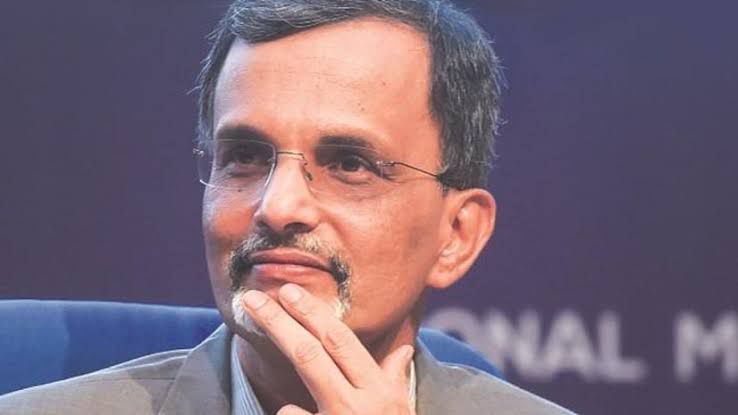Apple has launched its new iPhone 15 Pro and iPhone 15 Pro Max in India, a week after their global launch on September 12, 2023. The phones are available in four colors: Graphite, Silver, Gold, and Sierra Blue.
The iPhone 15 Pro starts at Rs 134,900 for the base 128GB variant, while customers can purchase the iPhone 15 Pro Max for Rs. 159,900 (256GB). The handsets will be available in 256GB, 512GB and 1TB storage options as well. Pre-orders begin on September 15, and the phones will go on sale on September 22.
Here are some of the key new features of the iPhone 15 Pro and iPhone 15 Pro Max:

- New design: The iPhone 15 Pro and iPhone 15 Pro Max are rumored to have a new design with a pill-shaped cutout for the front-facing camera and Face ID sensors. This is a departure from the current notch design, which has been in use since the iPhone X was released in 2017. The back camera system is also expected to be redesigned, with a new 48-megapixel main sensor.
- Improved cameras: The iPhone 15 Pro and iPhone 15 Pro Max are also expected to have improved cameras. The main sensor is expected to be a 48-megapixel sensor, which would be a significant upgrade over the 12-megapixel sensor in the iPhone 14 series. The ultrawide sensor is also expected to have a wider field of view, and the telephoto lens is also expected to be improved.
- Faster processor: The iPhone 15 Pro and iPhone 15 Pro Max are expected to be powered by the A17 Pro chip, which is expected to be a significant improvement over the A16 Bionic chip in the iPhone 14 series. The A17 Pro chip is expected to be based on a new 5nm process, and it is expected to offer significant performance and efficiency improvements.
India pricing: The iPhone 15 Pro is expected to start at Rs 134,900 in India, while the iPhone 15 Pro Max is expected to start at Rs 159,900. These prices are significantly higher than the prices of the iPhone 14 series, which start at Rs 67,900 for the iPhone 14 and Rs 79,900 for the iPhone 14 Pro.
Availability: The iPhone 15 Pro and iPhone 15 Pro Max are expected to be available in India from September 22, 2023. This is a week later than the expected release date for the phones in other markets.
Conclusion: The iPhone 15 Pro and iPhone 15 Pro Max are shaping up to be major upgrades over the iPhone 14 series. The new design, improved cameras, and faster processor are sure to make them popular with consumers. However, the high prices may be a deterrent for some buyers.
Here are some other things to keep in mind about the iPhone 15 Pro and iPhone 15 Pro Max:
- The phones are expected to come with a 6.1-inch and 6.7-inch OLED display, respectively.
- They are expected to have up to 1TB of storage.
- They are expected to run iOS 16.
- They are expected to be available in four colors: Graphite, Silver, Gold, and Sierra Blue.













